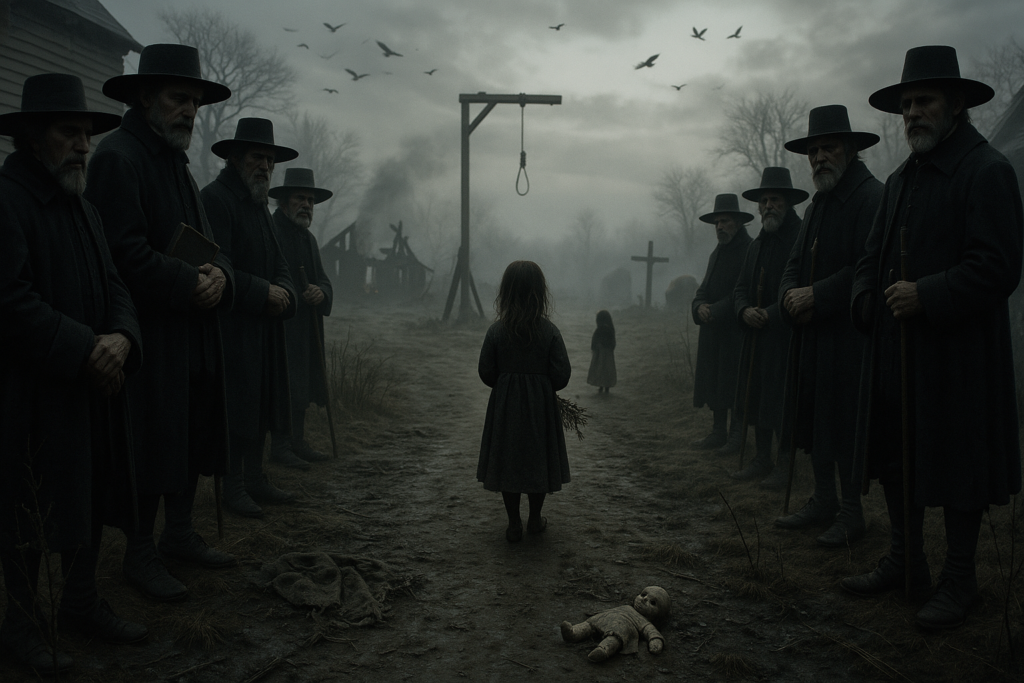
By Dan Conderman
Let’s get one thing straight: old women weren’t feared because they were witches.
They were feared because they knew too much, feared too little, and didn’t ask permission.
And when the Pilgrims showed up in their buckled hats preaching religious freedom, they brought the same old playbook: fear what you can’t control — destroy what you can’t explain — and always, always follow the land deed.
🧂 She Was the Apothecary, Not the Devil’s Handmaid
Before modern medicine, before Google symptoms, and long before pharmaceuticals were marketed during football games, healing came from women — especially older ones. Women who knew which moss stopped bleeding. Women who knew how to reduce fever with willow bark (which we now know contains salicin — the active compound in aspirin¹). Women who could induce or prevent childbirth with a tea.
She didn’t go to medical school — she was the medical school. And she didn’t ask the preacher if saving your life was OK.
⛪ The Pilgrims Crossed the Ocean to Recreate the Worst Parts of Europe
They fled England’s harsh religious control and landed in the New World to… immediately start persecuting each other. Especially the women who didn’t behave.
One of the first people banished from the Massachusetts Bay Colony? Anne Hutchinson — a midwife and spiritual thinker who dared host religious discussions in her home². The colony’s male leaders said she was “more dangerous than the devil” because she believed God could speak to individuals — and she was a woman claiming religious authority. That was enough.
Not long after, Salem started hanging people for “witchcraft.” It was never about cauldrons or curses. It was about women speaking, knowing, and owning too much.
💰 The Bloody Truth: They Wanted the Land
Here’s where it stops being metaphor and becomes criminal.
In many cases, accusations of witchcraft were followed by seizure of property. If a woman was unmarried or widowed — which many herbalists were — and she had land or livestock, a guilty verdict transferred that wealth to the town or the accusers.
Take Bridget Bishop, the first woman executed during the Salem Witch Trials³. She owned property. She ran a tavern. She had opinions. And she didn’t apologize for any of it. A few months and some hysterical testimonies later? Gone.
Or Alice Kyteler, accused of witchcraft in 14th-century Ireland⁴. She came from wealth, outlived four husbands, and was successful. Her accusers said she used sorcery to kill her spouses — but strangely, their focus was on her estate.
Even Agnes Sampson, a Scottish healer burned during the North Berwick trials in 1591, was tortured until she confessed to meeting with the Devil. But what really enraged the authorities? That she was a respected midwife with more authority than any man in her village⁵.
This wasn’t spiritual panic. This was a smash-and-grab dressed in theology.
🔥 They Called It Witchcraft. It Was Just Independence.
Let’s be real: the so-called witches were not casting hexes. They were healing the sick, feeding the hungry, and delivering babies.
They were doing what needed to be done without permission — and that is the root of male panic in every century.
It wasn’t the Devil’s work. It was the work of women who had survived too much to be told to sit down. Women who had buried husbands, delivered neighbors, seen the body in every condition — and didn’t need anyone’s approval to do it again.
So what did the men do?
They burned them.
They stole their land.
And they wrote the history to make themselves look righteous.
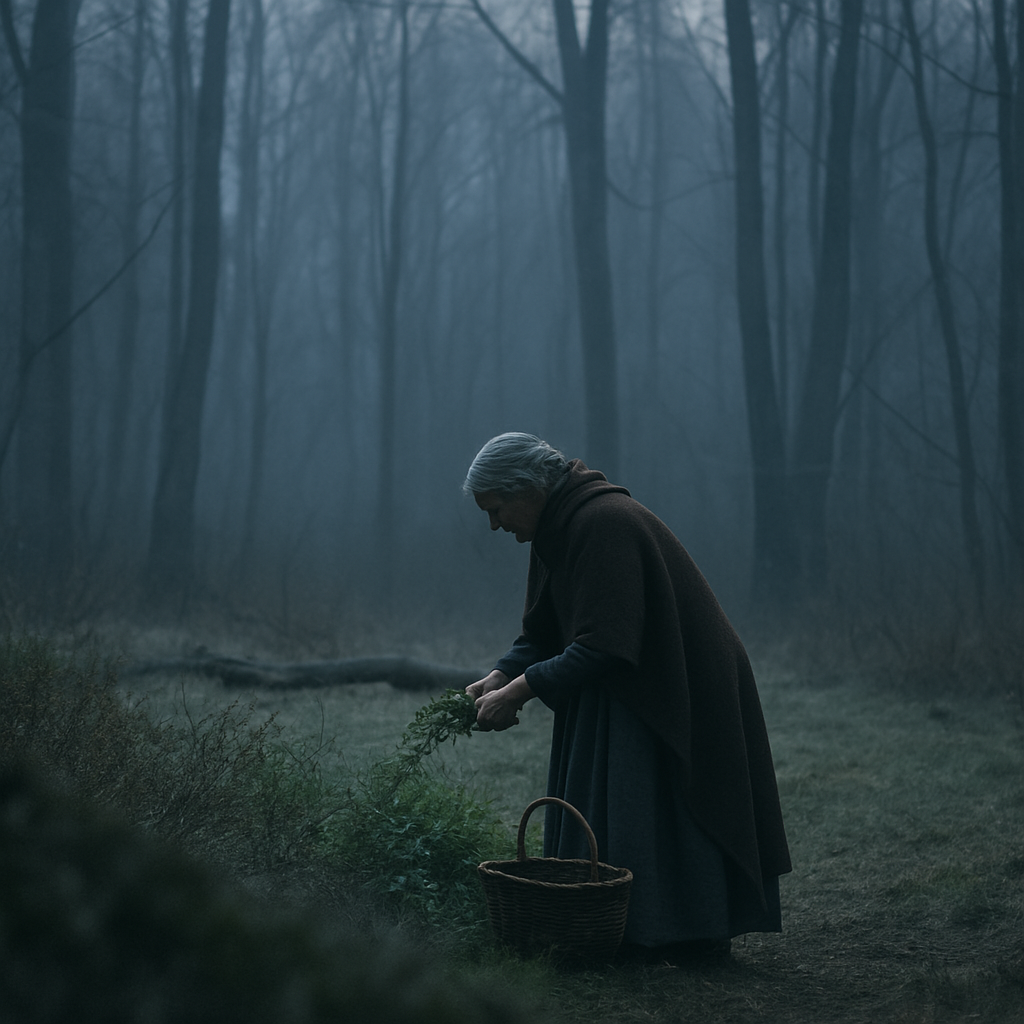
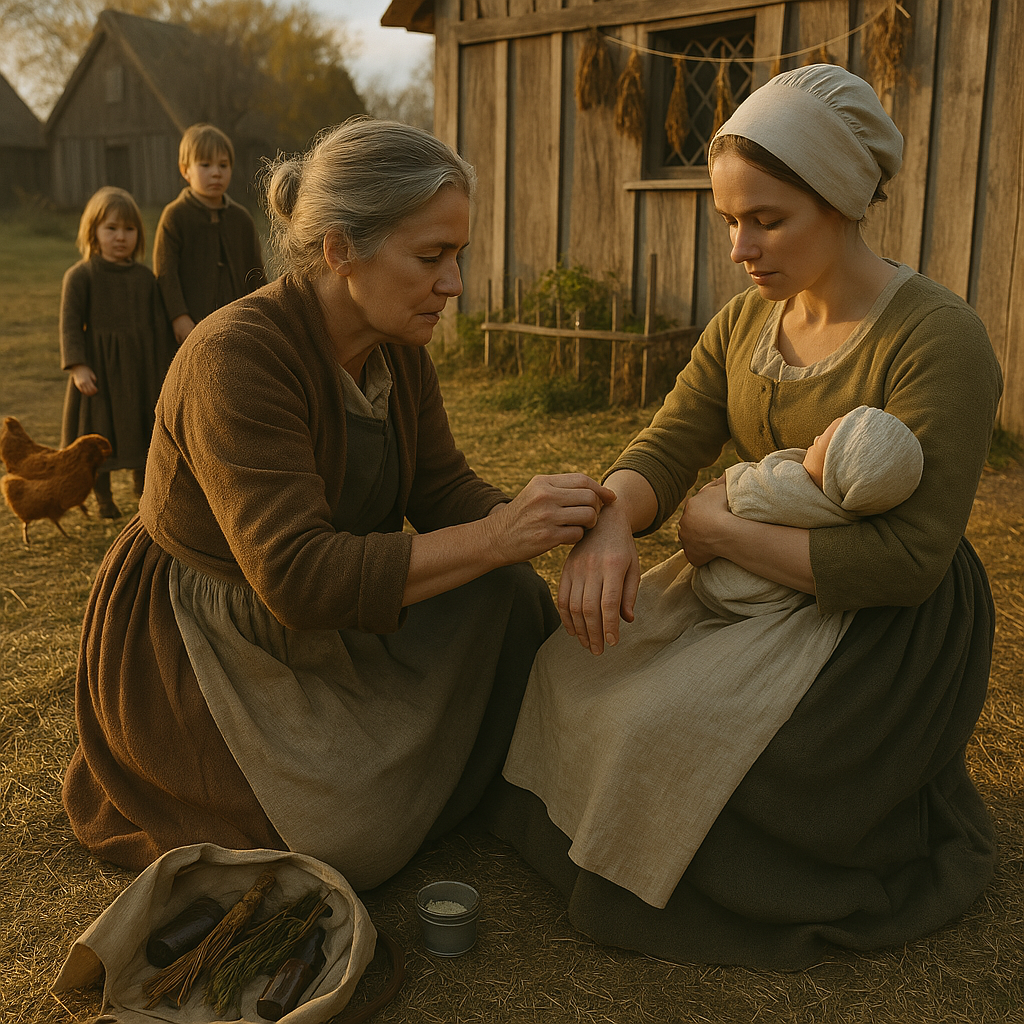
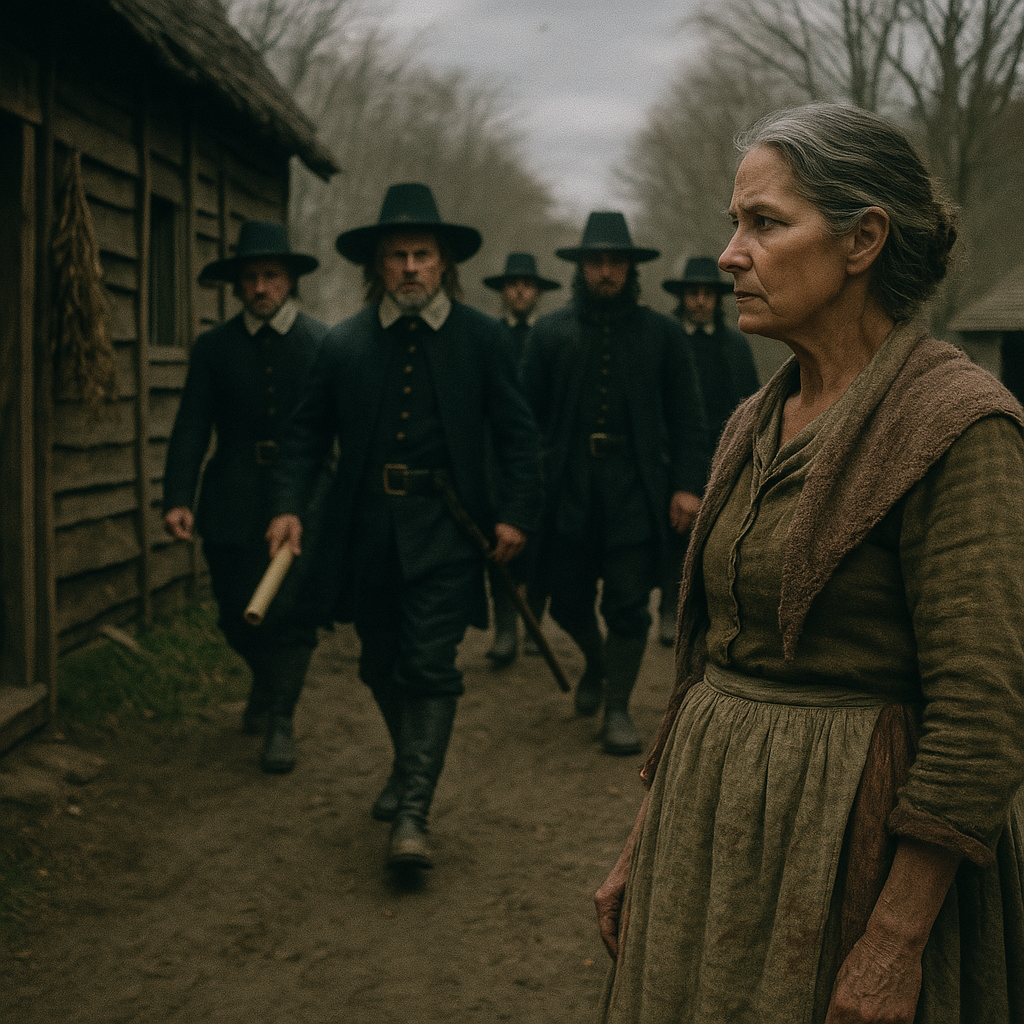
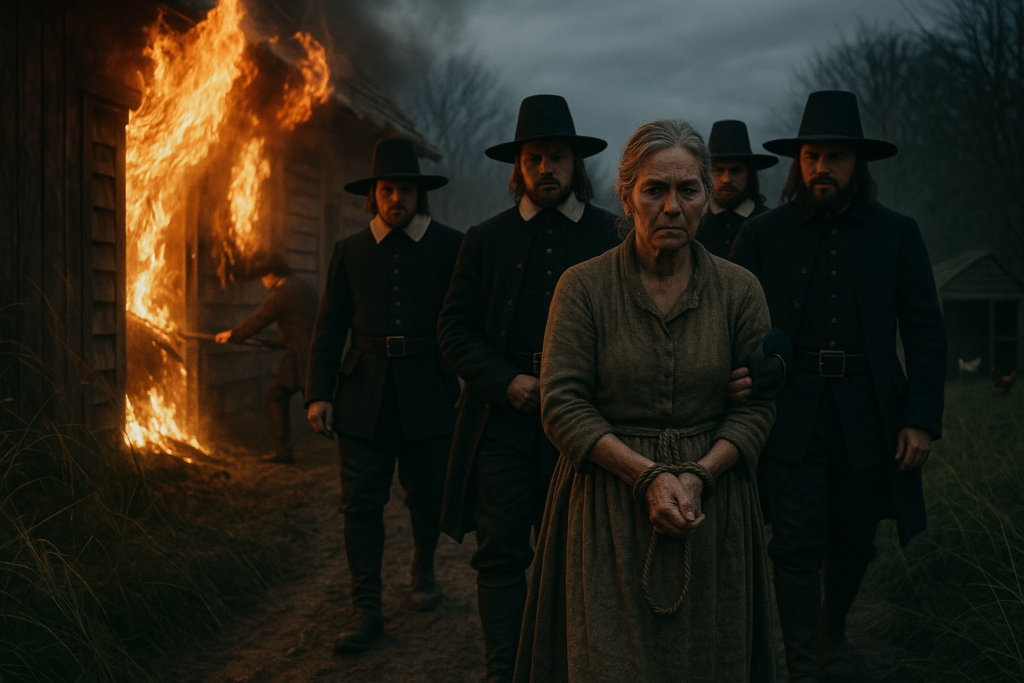
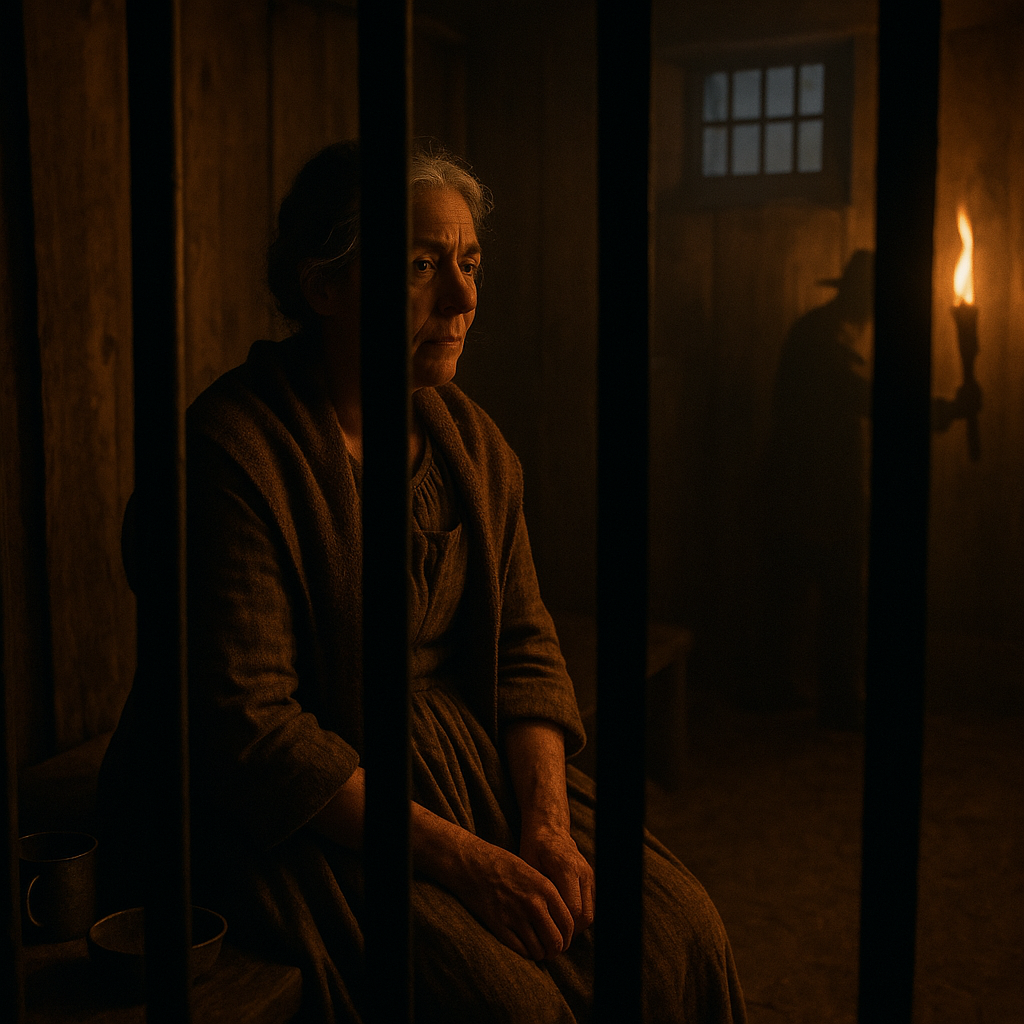
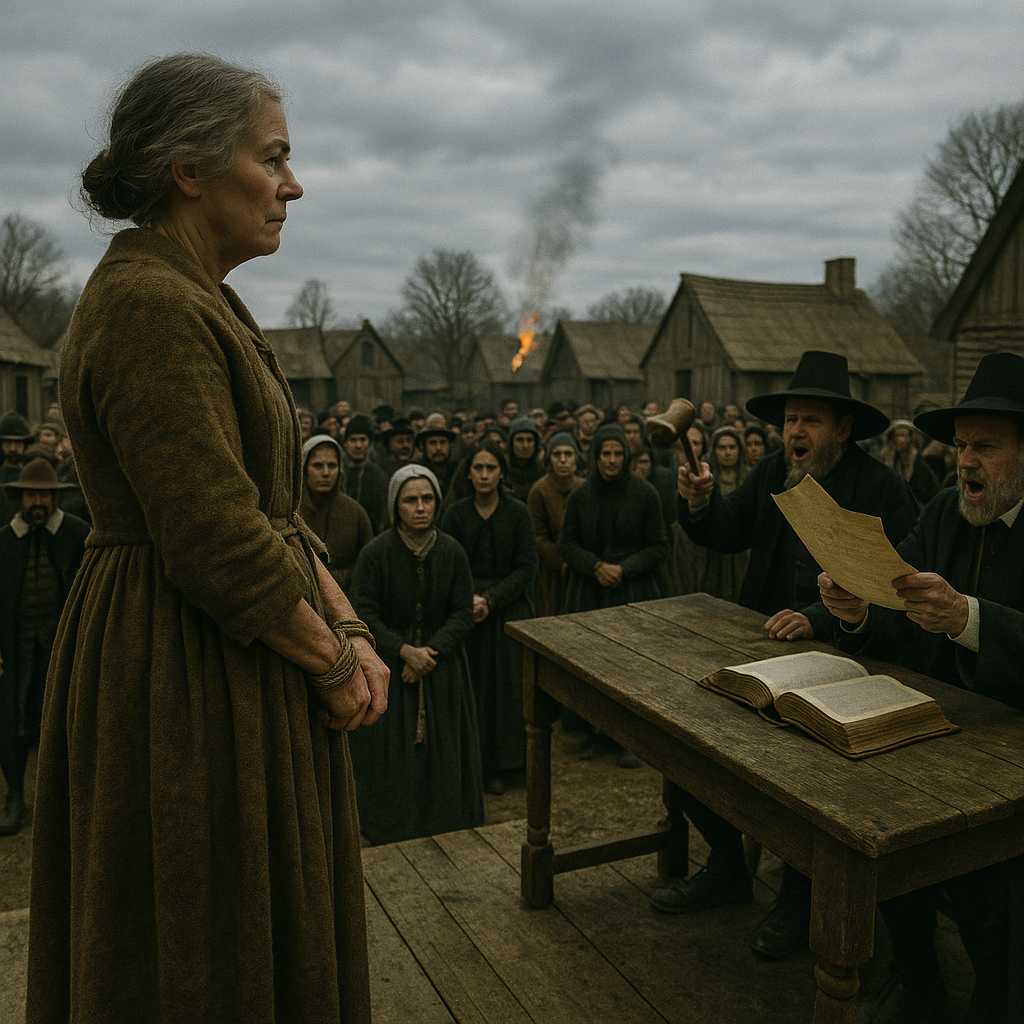
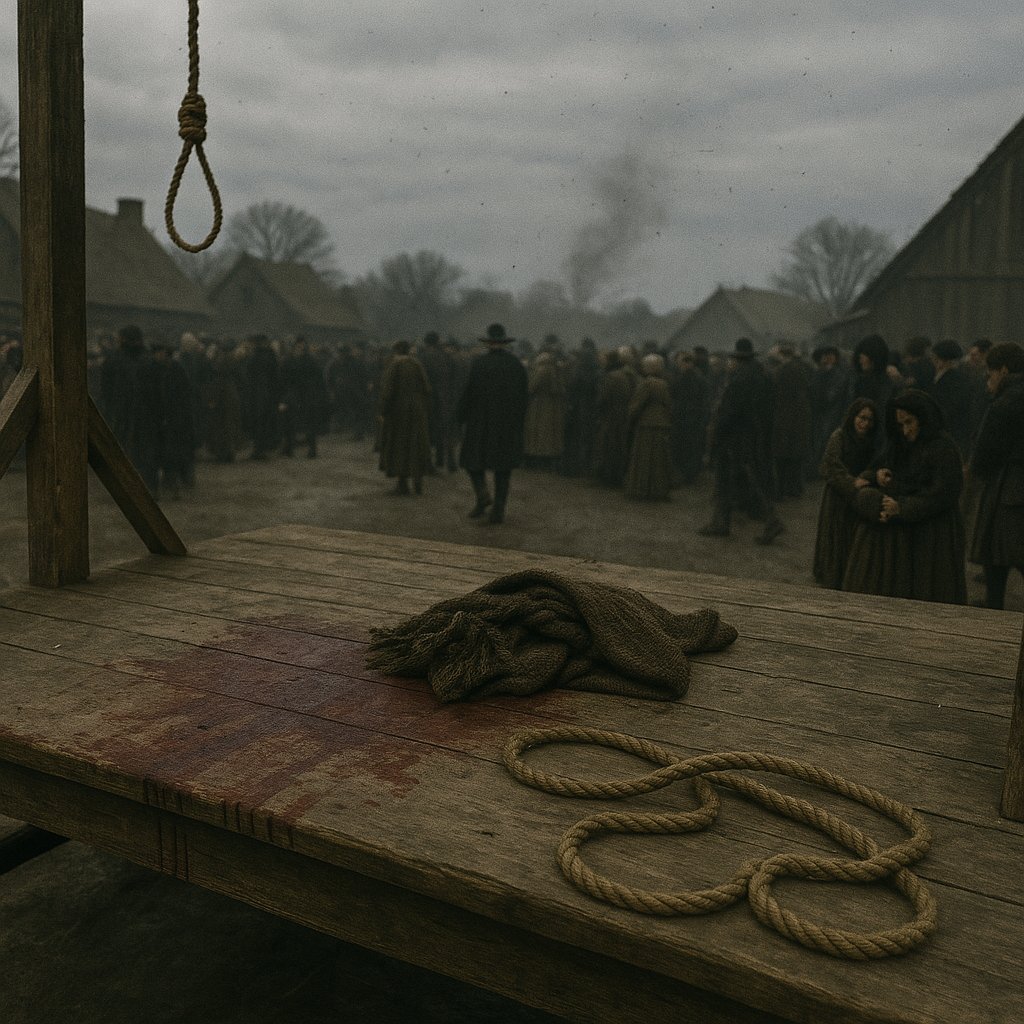
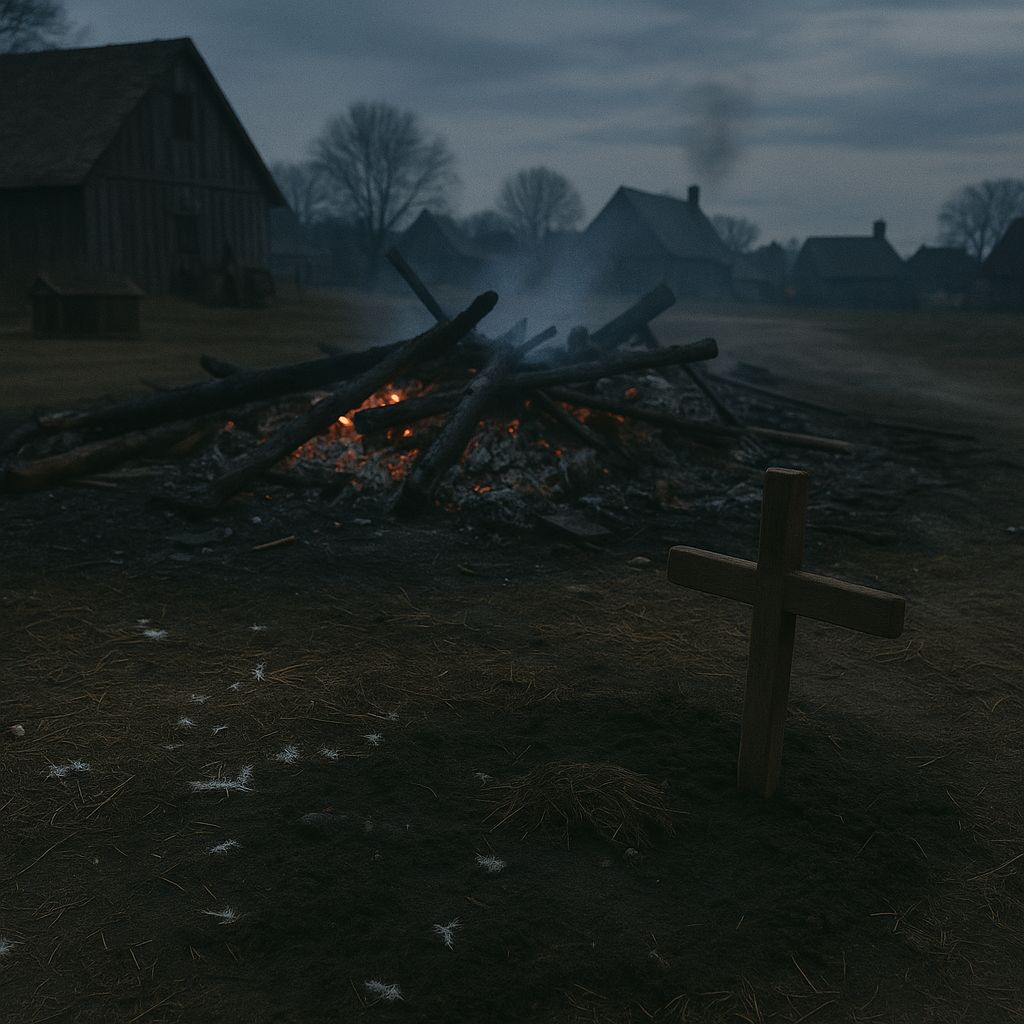
🐾 A Final Note, for the Record
Next time you see an old woman in the woods, don’t run.
Sit down. Shut your mouth. And listen.She’s not a relic. She’s the record.
Her hands carry generations. Her eyes have seen through lies.She knows what to do with wounds — the kind made by blades, or betrayal.
And when you see men with Bibles shaking at her doorstep?
It’s not because she summoned the Devil.It’s because she never needed their damn permission to begin with.
And they know it.
📚 Footnotes
- Mahdi J, Mahdi AJ, Bowen ID, Williams GT. “The historical relationship between the willow bark extract and aspirin.” Phytotherapy Research. 2006.
- LaPlante, Eve. American Jezebel: The Uncommon Life of Anne Hutchinson, the Woman Who Defied the Puritans.
- Smithsonian Magazine: “The First Woman to Be Executed for Witchcraft in Salem Was a Proud, Outspoken Landowner.”
- Purkiss, Diane. The Witch in History: Early Modern and Twentieth-Century Representations.
- Levack, Brian P. The Witch-Hunt in Early Modern Europe.


